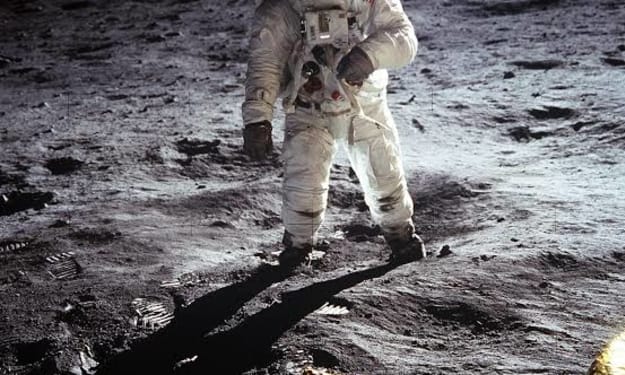
In the vast expanse of the Alaskan wilderness, nestled amidst the rugged terrain and pristine landscapes, a groundbreaking initiative known as the Willow Project was set in motion. This ambitious venture aimed to tap into the rich oil reserves buried beneath the Arctic tundra, promising economic growth and energy security. However, such a project could not be undertaken without considering its impact on the fragile environment. This is the story of the Willow Project and its effect on Alaska's ecosystem.
At its core, the Willow Project was designed to extract oil from the remote region of the National Petroleum Reserve-Alaska (NPR-A). The project's proponents argued that it would bolster the local economy, generate employment opportunities, and reduce America's dependence on foreign oil. Yet, these benefits came with environmental trade-offs that demanded careful consideration. One of the primary concerns was the potential disruption to the fragile Arctic ecosystem. The NPR-A is home to a diverse array of wildlife, including polar bears, caribou herds, and migratory birds. The drilling and infrastructure associated with the Willow Project posed a threat to their habitats and migratory routes. To address these concerns, stringent environmental regulations were put in place to minimize the project's impact.
Mitigation measures included restricted drilling periods during critical wildlife migration seasons, the implementation of noise and light pollution control, and the establishment of protected areas for vulnerable species. These efforts aimed to strike a balance between resource extraction and conservation, ensuring the long-term survival of Alaska's unique biodiversity.
Another significant challenge was the potential for oil spills and leaks, which could have devastating consequences for the surrounding environment. The icy waters of the Arctic are particularly sensitive to contamination, and any accidental release of oil could have far-reaching ecological ramifications. To combat this, the Willow Project implemented state-of-the-art technology and rigorous safety protocols, including double-walled pipelines, continuous monitoring systems, and rapid response capabilities.
Furthermore, the Willow Project recognized the importance of minimizing greenhouse gas emissions. In an era of heightened climate consciousness, it was imperative to adopt sustainable practices. As a result, the project incorporated innovative technologies such as carbon capture and storage, and actively promoted the development of renewable energy sources in tandem with oil extraction.
In an unexpected turn, the Willow Project became a catalyst for environmental research and conservation efforts. Recognizing the need to better understand and protect the region's fragile ecosystems, a portion of the project's revenue was allocated towards scientific studies and conservation initiatives. These endeavors focused on monitoring the impacts of the project on wildlife, studying climate change in the Arctic, and preserving the unique cultural heritage of Alaska's indigenous communities.
As the Willow Project progressed, it became clear that the development of Alaska's natural resources could not be divorced from environmental stewardship. The project's stakeholders collaborated closely with environmental organizations, indigenous groups, and regulatory bodies to ensure responsible resource management. By embracing sustainable practices, they aimed to set a precedent for future developments in the region, emphasizing the need for ecological integrity alongside economic prosperity.
The story of the Willow Project serves as a cautionary tale and a beacon of hope. It illustrates the delicate balance between resource extraction and environmental conservation, reminding us of the importance of considering the long-term consequences of our actions. Through its comprehensive approach to environmental protection, the project set a new standard for responsible development, inspiring future endeavors to prioritize sustainability and preserve the pristine beauty of Alaska's wilderness.
As the sun sets over the Arctic horizon, casting a golden glow on the vast landscape, the Willow Project stands as a testament to the power of human ingenuity, collaboration, and a deep respect for nature. It reminds us that, in our pursuit of progress, we must always tread carefully, leaving a legacy of harmony between development and the environment for generations to come.





Comments
There are no comments for this story
Be the first to respond and start the conversation.